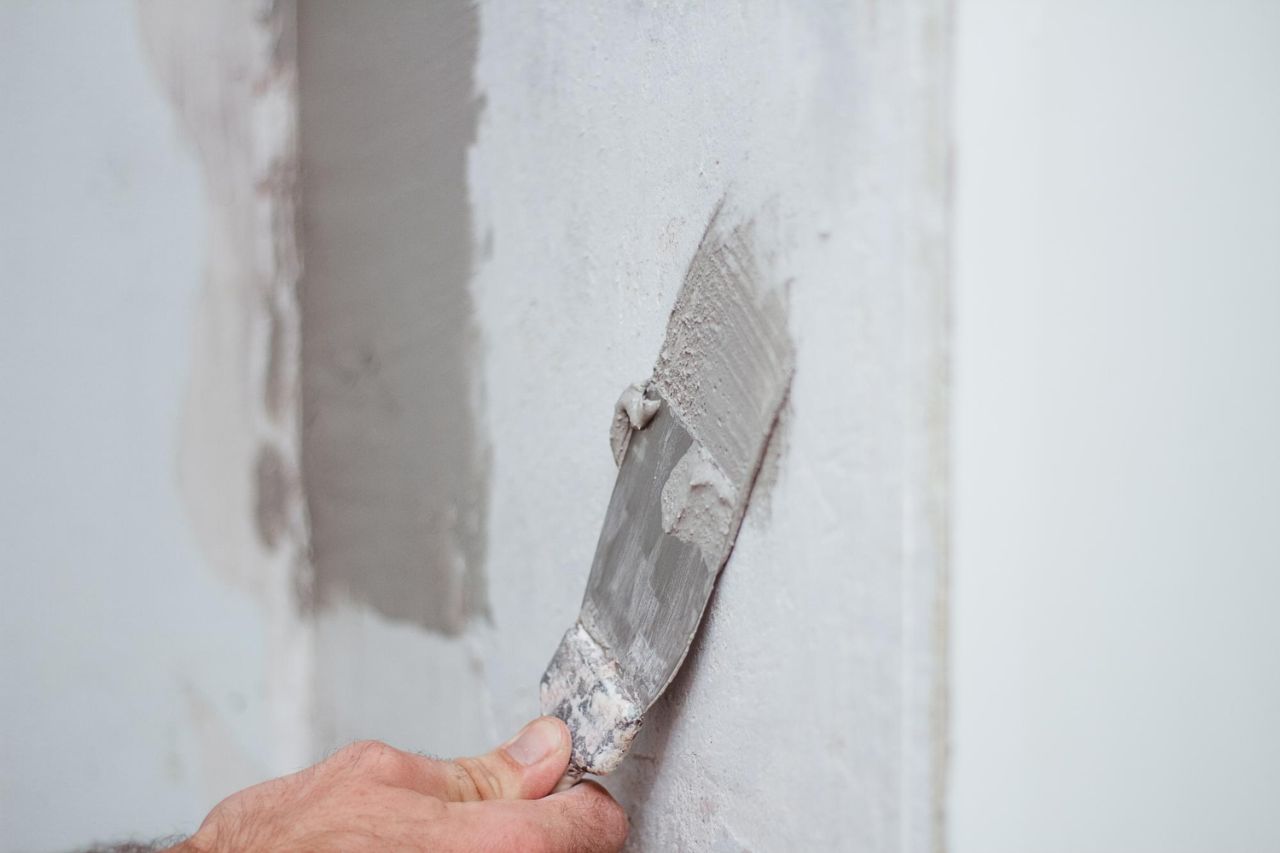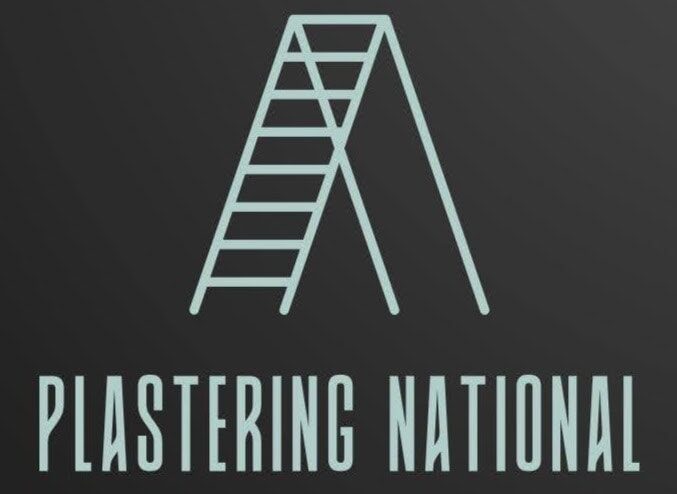Two popular choices often come to mind when building or renovating walls and ceilings: Gyprock and plaster. Although they might appear similar at first glance, these materials have distinct characteristics that can influence the outcome of your project.
Let’s dive into what sets them apart and their ideal applications.
Let’s get straight to the point.
Gyprock and plaster are two popular materials used in wall and ceiling construction. Gyprock is a type of gypsum board that’s easy to install, cost-effective, and provides good fire resistance and soundproofing. It’s ideal for interior walls, ceilings, and areas with moisture.
Conversely, plaster is more durable and versatile. It offers excellent insulation, fire resistance, and decorative possibilities. It’s commonly used in historic restorations and high-traffic areas but requires more skill for application and repair.
Gyprock is generally easier to repair and maintain, while plaster provides a classic aesthetic and is better for custom finishes. The choice between them depends on the project’s requirements, budget, and desired finish.
What Is Gyprock?

Gyprock, also known as drywall or gypsum board, is a construction material made from a core of gypsum plaster encased in two layers of heavy paper or fibreglass matting. It’s a versatile and widely used product in the building industry.
Key Features Of Gyprock:
- Easy to Install: Gyprock is lightweight and easy to cut, shape, and install with standard tools. It can be secured using screws, nails, or adhesives.
- Fire Resistance: Its gypsum core provides natural fire resistance, making it a safe option for residential and commercial buildings.
- Soundproofing Capabilities: Gyprock’s density offers good sound insulation, making it suitable for noise-sensitive areas.
- Finish Versatility: It can be painted, wallpapered, or textured, allowing various decorative finishes.
- Cost-Effective: Gyprock is generally more affordable and faster to install than plaster.
What Is Plaster?
Plaster is a traditional building material used for wall and ceiling finishes for thousands of years. It is created by mixing gypsum, lime, sand, and water and is applied wet to create a smooth surface that hardens as it dries.
Key Features Of Plaster:
- Durability: Plaster is highly durable and can withstand regular wear and tear, making it suitable for high-traffic areas.
- Versatile Application: It can be used on various surfaces, including wood, brick, and concrete.
- Insulation Properties: Plaster provides excellent thermal and acoustic insulation, making it energy-efficient.
- Fireproof: Made from natural materials, plaster is non-combustible and won’t contribute to the spread of fire.
- Aesthetic Versatility: Plaster can be moulded and textured into intricate designs, ideal for artistic and decorative finishes.
Gyprock Vs Plaster: A Detailed Comparison
Let’s compare Gyprock and plaster based on several factors to help you determine which material is best for your project.
1. Composition And Manufacturing
- Gyprock: Made by pressing gypsum plaster between two layers of paper or fibreglass. The production process includes heating gypsum to remove moisture and adding components that enhance fire resistance.
- Plaster is a mix of gypsum, lime, sand, and water applied in layers to create a consistent surface.
2. Installation Process
- Gyprock: Easier to install, making it a favourite among DIY enthusiasts. It requires basic tools and is usually fixed with screws, nails, or adhesives.
- Plaster: Requires skilled hands to apply, as it involves spreading and smoothing multiple layers to achieve a flawless finish.
3. Durability
- Gyprock: Durable and resistant to daily wear, fire, and mould. It stands up well to the rigours of regular use.
- Plaster is also strong and long-lasting but is more prone to cracking and chipping, which may need repairs over time.
4. Sound Insulation
- Gyprock: Due to its thickness and density, it generally offers superior sound insulation, effectively reducing noise.
- Plaster: While it provides decent soundproofing, it is often less efficient than Gyprock.
5. Aesthetic Flexibility
- Gyprock: Can be easily painted, wallpapered, or textured to match various styles.
- Plaster: Offers a more classic, smooth finish that can be textured for a unique look. It’s more suitable for creating ornate or decorative elements.
6. Cost
- Gyprock: More cost-effective regarding materials and labour, making it a preferred choice for budget-conscious projects.
- Plaster: Tends to be more expensive due to the skilled labour required for its installation.
Repair And Maintenance: Gyprock Vs Plaster
1. Ease Of Repair
Gyprock is easier to repair than plaster, making it a practical choice for projects where maintenance is a concern. Small holes and cracks in Gyprock can be patched with minimal effort using spackling or joint compounds.
For larger damages, a piece of Gyprock can be inserted, sanded, and painted to blend seamlessly with the rest of the wall.
In contrast, plaster repairs often require more expertise. Fixing a damaged plaster wall might involve removing the affected area and applying fresh plaster, which is more time-consuming and demands precision.
2. Durability Of Repairs
While both materials are durable, Gyprock has the advantage of long-term maintenance. Once repaired, Gyprock tends to hold up better against further damage than plaster, which can crack or chip more easily even after repairs.
3. Availability Of Materials
Gyprock is widely available in hardware stores, making it straightforward to find repair supplies. Plaster materials and tools, on the other hand, might not be as readily accessible, especially for non-professionals.
When To Use Gyprock?
Gyprock is an ideal choice for many modern construction and renovation projects. Here are some of its most common applications:
1. Interior Walls And Ceilings
Gyprock is frequently used for interior walls and ceilings in residential and commercial construction. Its lightweight nature, ease of installation, and good soundproofing make it an excellent option for creating partition walls or refurbishing ceilings.
2. Moisture-Prone Areas
Gyprock is well-suited for damp environments with high moisture levels, such as bathrooms, kitchens, and laundry rooms. It resists mould and mildew, making it a sanitary choice.
3. Acoustic Insulation
Gyprock is often used for its soundproofing capabilities. It’s a popular choice in music rooms, studios, and theatres where noise control is essential.
4. Fire Protection
Gyprock’s natural fire resistance makes it a preferred option for enhancing safety on residential and commercial properties. It helps to contain fires without spreading the flames.
5. Decorative Finishes
Gyprock can be finished in various ways, including painting, texturing, or applying wallpapers. Its adaptability allows designers and homeowners to achieve different looks and styles for their interiors.
When To Use Plaster?

Plaster continues to be a popular choice in certain settings, particularly in restoration projects or buildings where aesthetics are a priority.
1. Historic Restoration
Plaster is often the material of choice for restoring historic buildings. Its ability to mimic traditional textures and finishes helps to maintain the authenticity of old structures.
2. High-Traffic Areas
Due to its durability, plaster is well-suited for areas with heavy foot traffic or spaces that require a more robust wall finish.
3. Thermal And Sound Insulation
Plaster’s natural properties provide excellent insulation against heat and sound, making it ideal for energy-efficient buildings or areas where noise reduction is critical.
4. Custom Decorative Finishes
Plaster can be moulded into intricate designs, providing a level of detail that is hard to achieve with other materials. This makes it perfect for creating decorative elements in interior design.
5. Fire-Resistant Applications
Plaster’s natural composition makes it fireproof, adding an extra layer of safety to buildings. It’s commonly used in environments where fire resistance is a key requirement.
Conclusion
Both Gyprock and plaster have their strengths and are suitable for different applications. Your choice between them should be guided by your specific needs, the nature of the project, and your budget.
Summary Of Key Points:
- Gyprock is ideal for modern construction due to its ease of installation, cost-effectiveness, fire resistance, and soundproofing capabilities.
- Plaster shines in historic restorations, high-traffic areas, and projects that require decorative or artistic wall finishes.
- Gyprock repairs are simpler and quicker than plaster ones, making them the preferred choice for spaces that may need regular maintenance.
- Plaster provides a durable, fire-resistant option with superior aesthetic quality for detailed finishes.
Understanding these differences will help you select the right material for your next building or renovation project.
Consulting with a construction expert is always recommended for tailored advice and to ensure the best results.
Frequently Asked Questions About Plaster
Is plaster a costly material?
Plaster is more expensive than gypsum. Cement and cement lime plaster are cheaper alternatives. The substance used is chlorine, which is highly toxic in its pure form.
Is white cement the same as plaster?
White cement is not the same as plaster; it has a different consistency. The former, made of gypsum, is used to make casts for medical purposes (such as when repairing a fracture), while the latter is put on walls to make them shine.
Is plaster dangerous to one’s health?
Many people fear working with plaster because of its inherent dangers. Though it is not dangerous in the right hands, the substance is generally considered safe for everyday use. Anything embedded in the plaster runs the risk of being trapped and subjected to extreme heat.
Is plaster suitable to use on walls?
Plaster is the best option for repairing gaps in plaster walls because its properties are more likely to match the wall material. Plaster isn’t often used to repair drywall, but it does a great job of reinforcing interior walls.
Is plaster easy to maintain?
When you want to clean your Venetian plaster walls, all you have to do is wipe them down. In order to lengthen the life of walls, routine maintenance such as cleaning and sealing is recommended.

